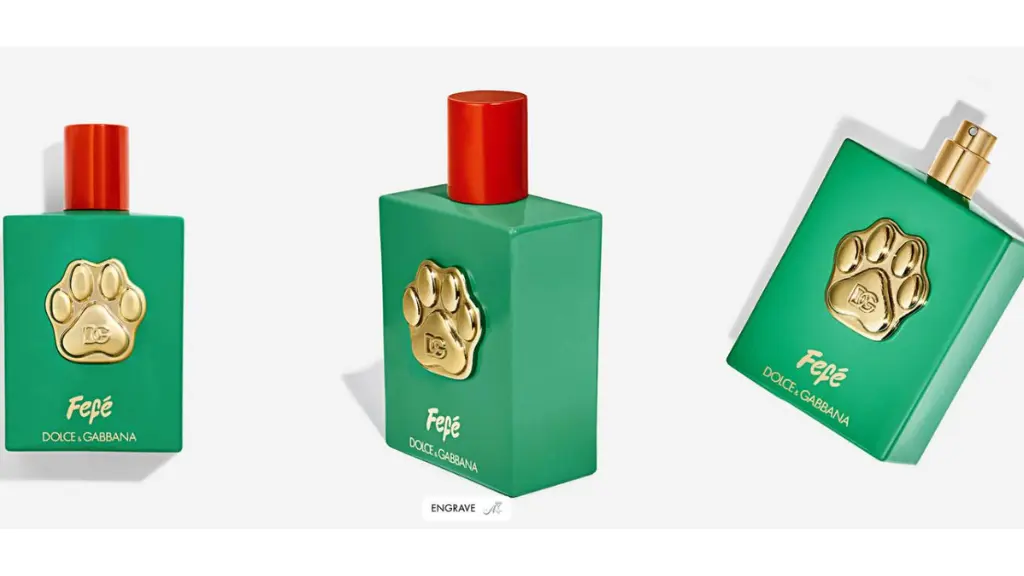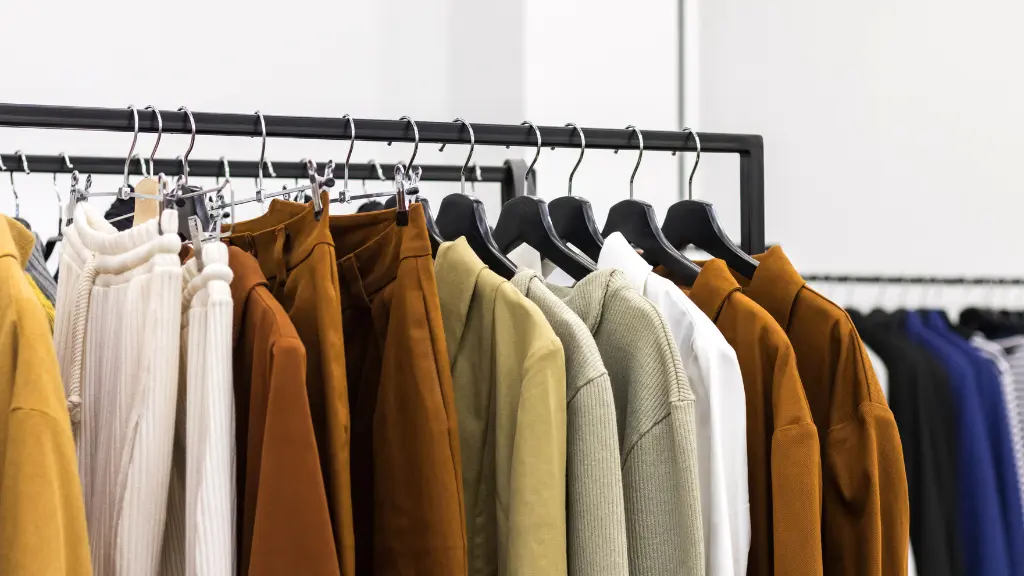The past is making a powerful comeback, and it’s taking the online shopping world by storm. Nostalgia is driving a major boom in e-commerce, with consumers drawn to products that remind them of simpler, happier times. From vintage-inspired fashion to retro tech, this emotional connection to the past is reshaping how and what people buy online.
You May Also Like: Calvin Klein Returns to New York Fashion Week
Why Nostalgia Sells
Nostalgia is more than a fond memory. It’s a powerful emotional experience that evokes warmth, comfort, and a sense of belonging. In today’s fast-paced, often chaotic world, many consumers turn to nostalgia as a way to reconnect with those feelings.
Brands and retailers have picked up on this trend. They’re reviving iconic products, reimagining classic styles, and marketing items that tap into cherished memories. Whether it’s an old-school gaming console or clothing inspired by 1990s streetwear, nostalgic products are flying off virtual shelves.
The Role of Social Media
Social media platforms have played a huge role in the rise of nostalgia-driven shopping. Sites like Instagram and TikTok are filled with content that celebrates the past, from “Throwback Thursday” posts to vintage aesthetic trends. Influencers often showcase nostalgic products, encouraging followers to make purchases that tap into those same feelings.
Platforms also allow consumers to easily share their nostalgic finds. When someone buys a retro jacket or posts about rediscovering a beloved childhood snack, it creates a ripple effect, inspiring others to do the same. This social validation fuels demand for products that trigger memories.
Fashion and Nostalgia: A Perfect Pair
The fashion industry has been one of the biggest beneficiaries of this trend. Y2K styles, 1980s-inspired accessories, and even 1970s boho-chic looks are making a comeback. Designers are pulling from past decades to create collections that resonate with a broad audience, particularly millennials and Gen Z, who are drawn to the styles they grew up with or heard about from older generations.
E-commerce platforms like Depop, Poshmark, and Etsy have capitalized on this craze. Vintage pieces and retro-inspired designs are among their top sellers. Consumers aren’t just buying clothing; they’re buying memories and experiences tied to those garments.
Retro Tech and Collectibles
Tech products are another area where nostalgia is thriving. Devices like vinyl record players, retro cameras, and even old-style flip phones are experiencing a resurgence. Many consumers are drawn to the simplicity and tactile feel of these items, which stand in contrast to today’s digital, screen-heavy lifestyle.
Similarly, collectible items like trading cards, action figures, and even limited-edition board games are seeing renewed interest. Online marketplaces like eBay and specialty stores are booming as people search for items that remind them of their childhood.
The Pandemic’s Influence
The COVID-19 pandemic amplified this trend. As people spent more time at home, they began to seek comfort in familiar things. Nostalgia provided a sense of stability and happiness during uncertain times. This emotional need translated into shopping behaviors, with consumers gravitating toward products that reminded them of better days.
Even now, as the world adjusts to post-pandemic life, the appetite for nostalgia hasn’t faded. If anything, it’s grown stronger as brands continue to innovate with throwback-inspired offerings.
Challenges and Opportunities
While nostalgia-driven shopping offers immense opportunities, it also comes with challenges. Brands must strike a balance between authenticity and commercialization. Consumers can quickly spot when a nostalgic trend feels forced or inauthentic, and this can backfire.
However, when done right, nostalgia can create a loyal customer base. By tapping into deep emotional connections, brands can forge strong, lasting relationships with consumers. The key lies in understanding what truly resonates with their audience and delivering products that meet those desires.
Looking Ahead
As we move into 2025 and beyond, nostalgia will continue to shape e-commerce trends. It’s not just a fleeting trend—it’s a powerful force that speaks to human emotion and memory. For brands and retailers, the challenge will be to evolve their offerings while staying connected to the emotional heart of their consumers.
In the end, nostalgia-driven shopping isn’t just about buying products. It’s about reliving experiences, finding comfort in the past, and creating new memories. And as long as people have fond memories to cherish, nostalgia will remain a powerful driver of consumer behavior.










